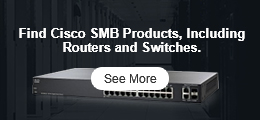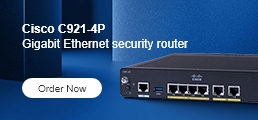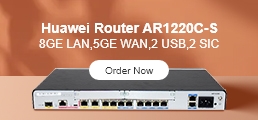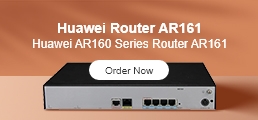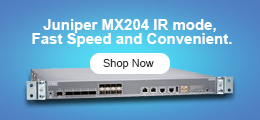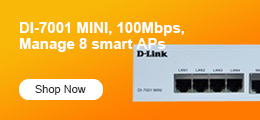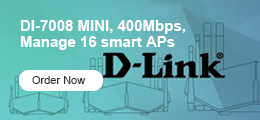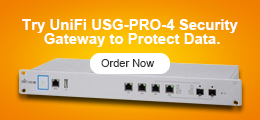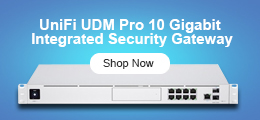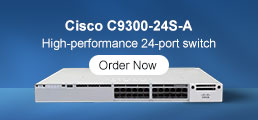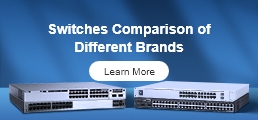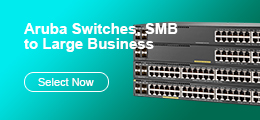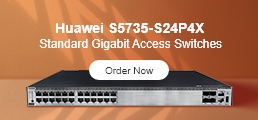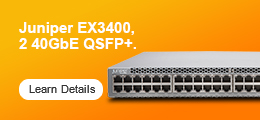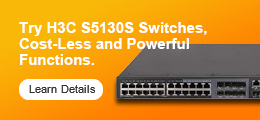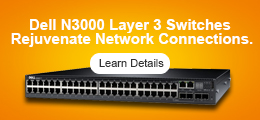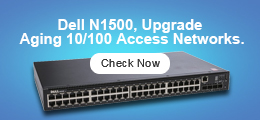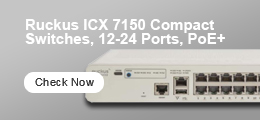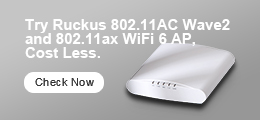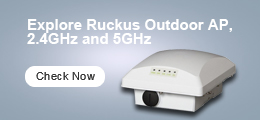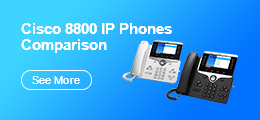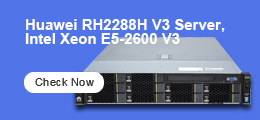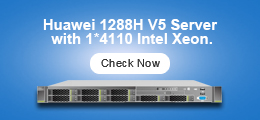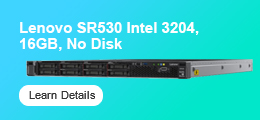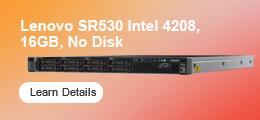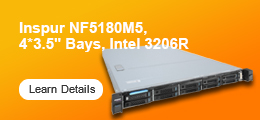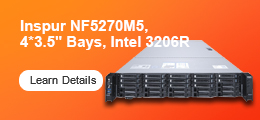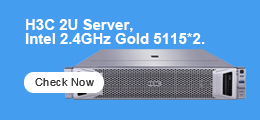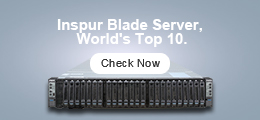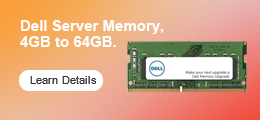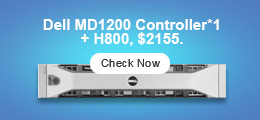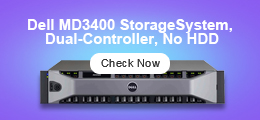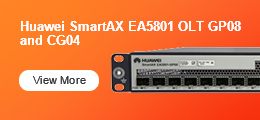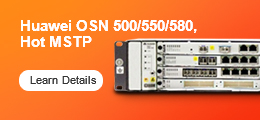Q. What are the Cisco 4000 Series Integrated Services Routers (ISRs)?
A. The Cisco® 4000 Series Integrated Services Routers build on the concept of the Application Experience router by integrating multiple services into a single platform that can provide all the services a typical branch office needs. The services include increased capacities for routing, switching, unified collaboration, security, WAN acceleration, application optimization, and Application Visibility and Control (AVC). At the same time, the routers are designed for expansion that can deliver increased performance and capabilities over time without the need for expensive system upgrades or hardware as remote sites grow.
Q. What are the key new features and changes that are being introduced in the 4000 Series?
A. The 4000 Series offers:
• Default forwarding bandwidth that is upgradable with a software-activated upgrade license
• The ability to house Network Interface Modules (NIMs) and enhanced service modules (SM-Xs)
• Support for Kernel Virtual Machine (KVM)-based containers, providing support for integrated applications
• Support for applications including Snort and Cisco Stealthwatch® Learning Network (SLN)
• Network programmability using Netconf and YANG
Q. Where do I position the Cisco 4461 and the 4451-X in comparison to the Cisco 3900 Series ISRs and the ASR 1000 Series Aggregation Services Routers?
A. The Cisco 4451-X is positioned for high-end enterprise branch offices or enterprise headend where there is a performance requirement of 1 to 2 Gbps with services (4Gbps without services). Performance-wise the Cisco 4451-X is positioned between the 3945E ISR and the ASR 1001. Similarly, the 4461 is proposed for branch locations where the router performance requirement varies between 1.5Gbps and 3Gbps with services (nearly 10Gbps without services)
Q. What software are the Cisco 4000 Series ISRs capable of running?
A. The 4000 Series ISRs run Cisco IOS ® XE Software. The initial version will be Cisco IOS XE Software Release 3.9.1. The 4300 and 4431 ISRs were released with Cisco IOS XE Software Release 3.13, and the 4200 Series ISRs were released with Cisco IOS XE Software Release 16.4.1. The ISR4461 was released with the 16.9.1 IOS XE software release
Q. Do the 4000 Series ISRs run a software release similar to the one on the Cisco ASR 1000 Series?
A. Yes. The 4000 Series ISRs are similar to the Cisco ASR 1000 Series in terms of the software releases that they run.
Q. Are the Cisco ASR 1000 Series Shared Port Adapter (SPA) cards supported on the 4000 Series ISRs?
A. No. SPAs are not compatible with the 4000 Series ISRs.
Q. Can the NIMs or service modules available on the Cisco 4000 Series work on the Cisco ASR 1000 Series?
A. The service modules will work with the Cisco ASR 1000 Series. Select NIMs will also work with the ASR 1000 Series.
Q. Can I use the enhanced high-speed WAN interface cards (EHWICs) available on the Cisco 1900, 2900, and 3900 Series ISRs on the Cisco 4000 Series ISRs?
A. EHWIC modules available on the Cisco ISR Generation 2 (ISR G2) routers will not work with the 4000 Series ISRs. The 4000 Series is targeted at new branch-office environments requiring high bandwidth and greater application performance, making most EHWICs unapplicable. Also, the newer NIM architecture allows for faster, more capable modules on a high-end platform.
Q. Can I use the NIMs on the Cisco 1900, 2900, and 3900 Series ISRs?
A. No. The NIMs are designed for a newer architecture and will not work on the Cisco 1900, 2900, and 3900 Series ISRs.
Q. Do any of the routers support 10Gbps natively?
A. Yes, the Cisco 4461 supports two 10Gbps on the front panel interfaces using either of Ethernet or Fiber Optics.
Q. Can I support more than one double-wide Service Module on the router?
A. Yes, the Cisco 4461 supports upto two double-wide Service Modules (SM). However the same router can support only three single wide SM modules. Only one of the lower slots supports a single-wide SM module.
Q. What memory upgrade options are available on the Cisco 4000 Series?
A. The 4000 Series has separate data and control-plane memory. The control-plane memory comes with 4 GB as the default, and is upgradable up to 16 GB based on various platforms. The data-plane memory comes with 2 GB as the default and is not currently upgradable. The 4461 comes with 8GB of memory as the default and is upgradeable to 32GB.
Q. How many Dual Inline Memory Modules (DIMMs) does the Cisco 4000 Series have?
A. The 4451-X and 4431 have three DIMM slots. Two slots are used for control-plane and one slot for data-plane memory. The 4331 and the 4351 have two DIMMs, and the 4321 has one DIMM slot. The 4221 has no DIMM slot for memory expansion. The 4461 has one DIMM slot for memory and maybe upgraded to 16GB or 32GB of memory on that single slot using the appropriately sized DRAM memory.
Q. In the case of control-plane memory, can I put, say, a 4-GB DIMM in one slot and a 2-GB DIMM in the other slot?
A. No. Like the Cisco 3900 Series, the 4000 Series expects both DIMM slots to have the same size of memory; as an example, it must have either 4-GB memory in both slots for a total of 8 GB of control-plane memory, or 2-GB memory in both slots, for a total of 4 GB of control-plane memory. This setup is necessary because these platforms interleave memory devices for faster access. On the 4461, as there is a single DIMM slot, it can be populated by a single 16GB or 32GB of memory card.
Q. Do all four ports with both RJ-45 and Small Form-Factor Pluggable (SFP) front panel Gigabit Ethernet (FPGE) connections support failover?
A. Yes. You can configure auto-failover on any of the front-panel ports with both RJ-45 and SFP connections. When auto-failover is configured, if the primary interface type fails, either RJ-45 or SFP, the other media type becomes active and allows traffic to continue over the backup physical connection. In this scenario, the backup connection needs to be connected with the same speed and duplex as the primary connection.
Note that the auto-failover feature as described does support one Gigabit Ethernet interface acting as a backup to another. The two physical connections available on a single Gigabit Ethernet interface simply provide failover if a link fails.
Q. Is MDI crossover (MDI-X) supported on the four onboard RJ-45 Ethernet interfaces?
A. Yes.
Q. What type of backplane is used between components in the Cisco 4000 Series?
A. The 4000 Series uses multigigabit fabric (MGF) for Layer 2 connectivity between the modules. On the 4451-X, the MGF can provide either 2 Gbps to all NIM slots or up to 10 Gbps to all SM-X slots. The MGF is completely nonblocking and can forward in excess of 50 Gbps.
Q. What power cables work with the Cisco 4000 Series?
A. All power-supply options for the 4000 Series use a standard IEC C13 connector. No special IEC C15 cord is necessary for the Power over Ethernet (PoE) power supply because higher-efficiency power supplies (85 percent) are used in the 4000 Series. This cord thus helps lower the maximum current the power supplies can draw.
Q. Are the Cisco 4461, 4451-X and 4431 power supplies Field-Replaceable Units (FRUs)?
A. Yes. The power supplies can be replaced in the field.
Q. Are the Cisco 4461, 4451-X and 4431 power supplies hot-swappable?
A. Yes. You do not need to power down the chassis to insert or remove a power supply. Also, unlike the 3900 Series ISRs, the bezel and fan tray can remain in place while a power supply is replaced.
Q. Does the Cisco 4000 Series have a DC power-supply option?
A. Yes, the Cisco 4400 Series and the two models of 4331 ISR and 4351 ISR provide support for DC power supplies. PoE modules may not be used when DC power supplies are used.
Hope it help you.
By the way, you can check the price of Cisco 4000 Series Integrated Services Routers.
Learn More:
Benefits of Migrating to Cisco ISR 4000 & Comparison of ISR 4000 Models
What’s the New of Cisco ISR 4461 compared to other 4000 ISRs?


